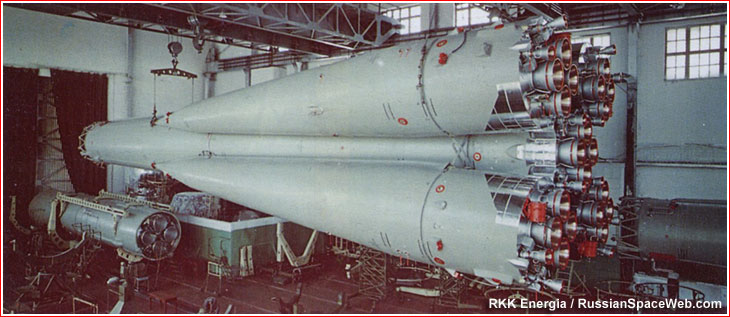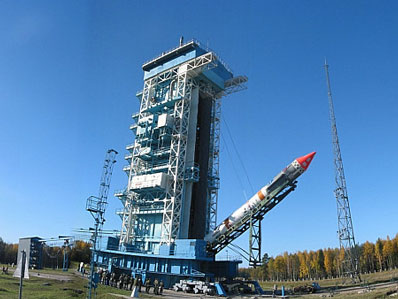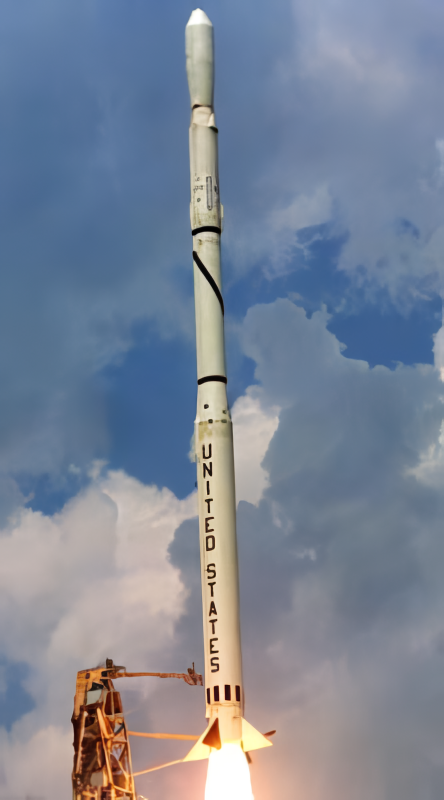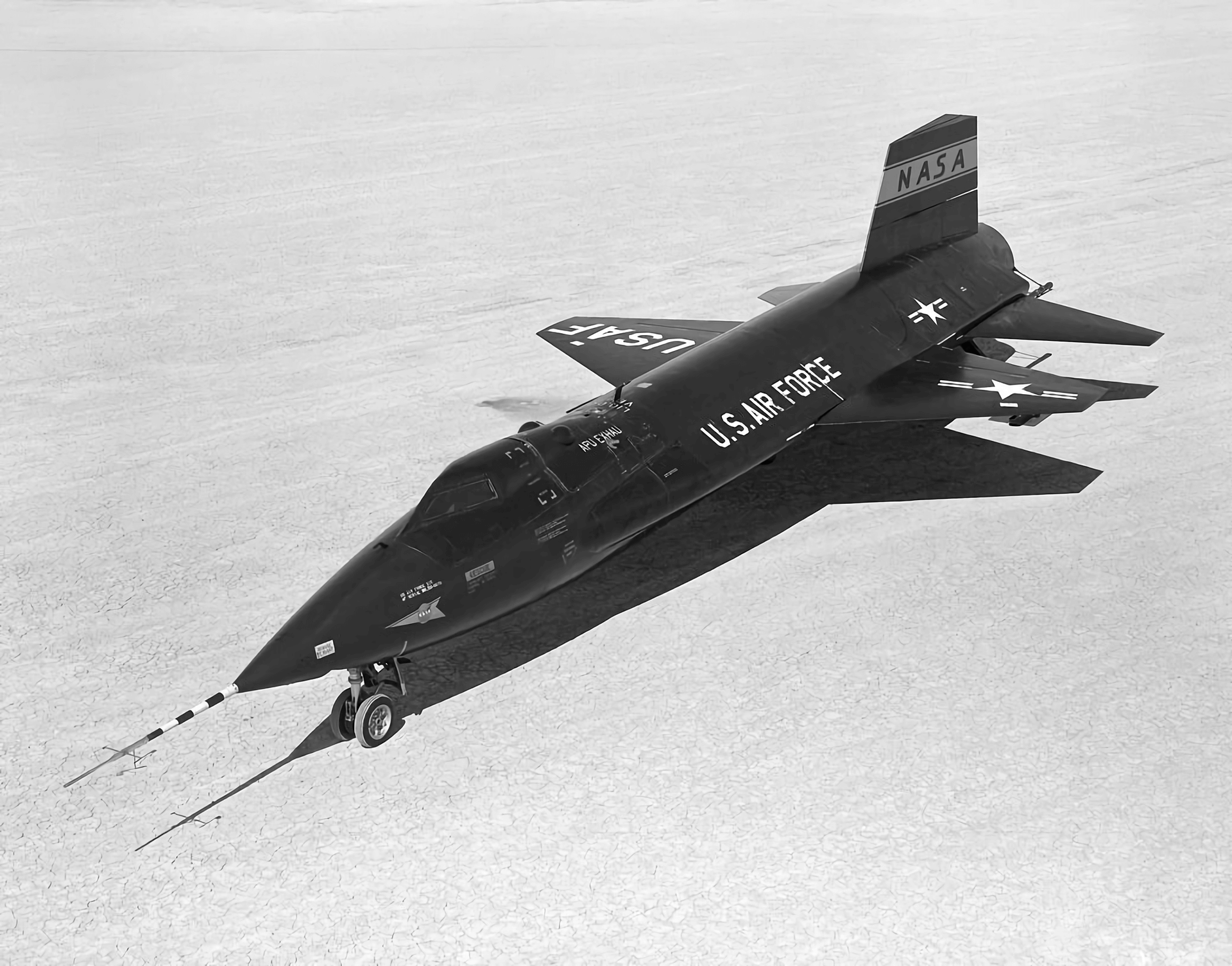Previous Spaceflight Launches
Filter by Agency, Locations or Vehicles
Show All LaunchesVoskhod | Zenit-2 65
Soviet Space Program | RussiaBaikonur Cosmodrome, Republic of Kazakhstan
Sept. 14, 1968, 6:50 a.m.
Titan IIIB | KH-8 16
Lockheed Martin | United States of AmericaVandenberg SFB, CA, USA
Sept. 10, 1968, 6:30 p.m.
Voskhod | Zenit-4 47
Soviet Space Program | RussiaBaikonur Cosmodrome, Republic of Kazakhstan
Sept. 5, 1968, 7 a.m.
Soyuz | Kosmos 238
Russian Federal Space Agency (ROSCOSMOS) | RussiaBaikonur Cosmodrome, Republic of Kazakhstan
Aug. 28, 1968, 10 a.m.
Voskhod | Zenit-4 46
Soviet Space Program | RussiaPlesetsk Cosmodrome, Russian Federation
Aug. 27, 1968, 12:29 p.m.
Kosmos 11K65 | Strela-2 5
Strategic Rocket Forces | RussiaBaikonur Cosmodrome, Republic of Kazakhstan
Aug. 27, 1968, 11:29 a.m.
Scout B | RAM C-2
Vought | United States of AmericaWallops Flight Facility, Virginia, USA
Aug. 22, 1968, 3:16 p.m.
X-15 | Flight 197
North American Aviation | United States of AmericaAir launch to Suborbital flight
Aug. 21, 1968, 5:05 p.m.
Atlas Burner 2 | UVR
Convair | United States of AmericaVandenberg SFB, CA, USA
Aug. 16, 1968, 8:57 p.m.
Thor Delta N | ESSA 7
McDonnell Douglas | United States of AmericaVandenberg SFB, CA, USA
Aug. 16, 1968, 11:24 a.m.







